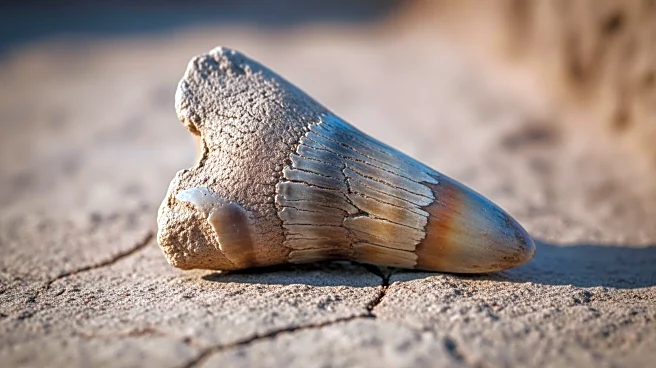What's Happening?
Recent research led by the University of Montpellier and the University of Exeter suggests that the diversity of domestic dogs began developing thousands of years before modern breeding programs. By analyzing the size and shape of canid skulls over the past
50,000 years, researchers found that distinctive dog morphology appeared around 11,000 years ago. This challenges the belief that Victorian breeding programs were solely responsible for the diversity seen in modern dog breeds.
Why It's Important?
This study provides new insights into the natural evolution of domestic dogs, highlighting the role of environmental factors and human-induced selection in shaping dog diversity. It suggests that the physical traits associated with modern breeds have deep evolutionary roots, which could impact how we understand canine genetics and breeding practices. The findings may influence future research on animal domestication and the historical relationship between humans and dogs.
Beyond the Headlines
The research underscores the complexity of distinguishing early dogs from wolves, emphasizing the need for comprehensive studies on canid evolution. It also highlights the importance of using advanced techniques like 3D scanning to uncover subtle differences in ancient specimens, potentially leading to more accurate reconstructions of evolutionary history.
















